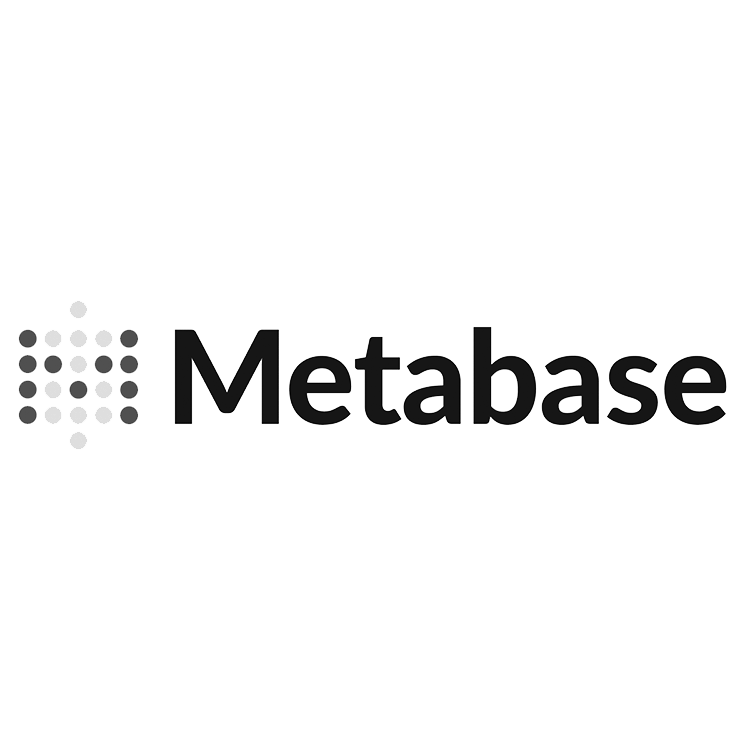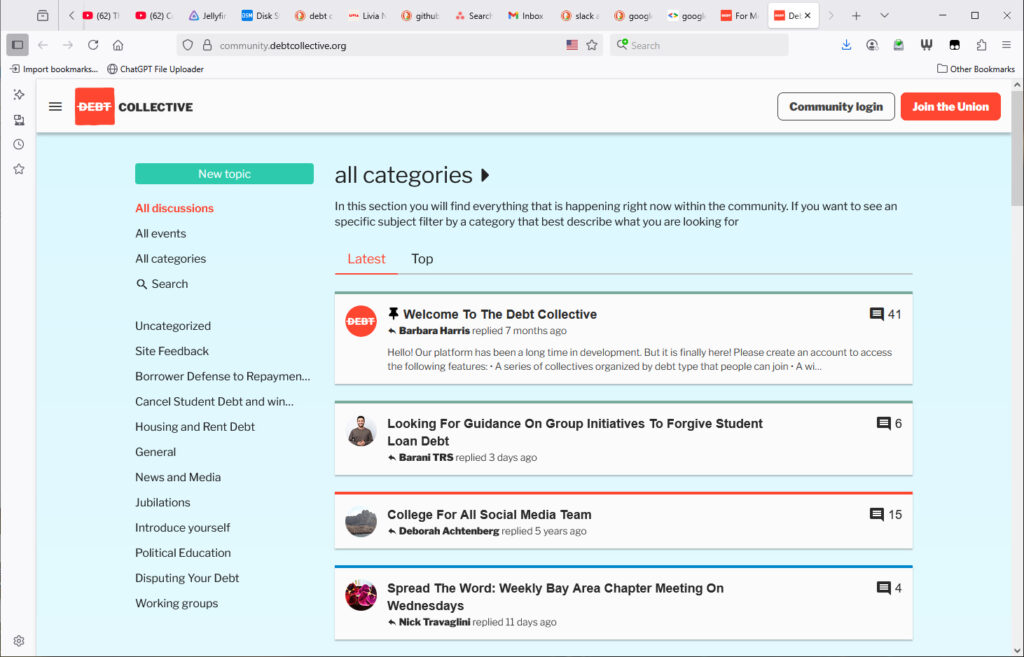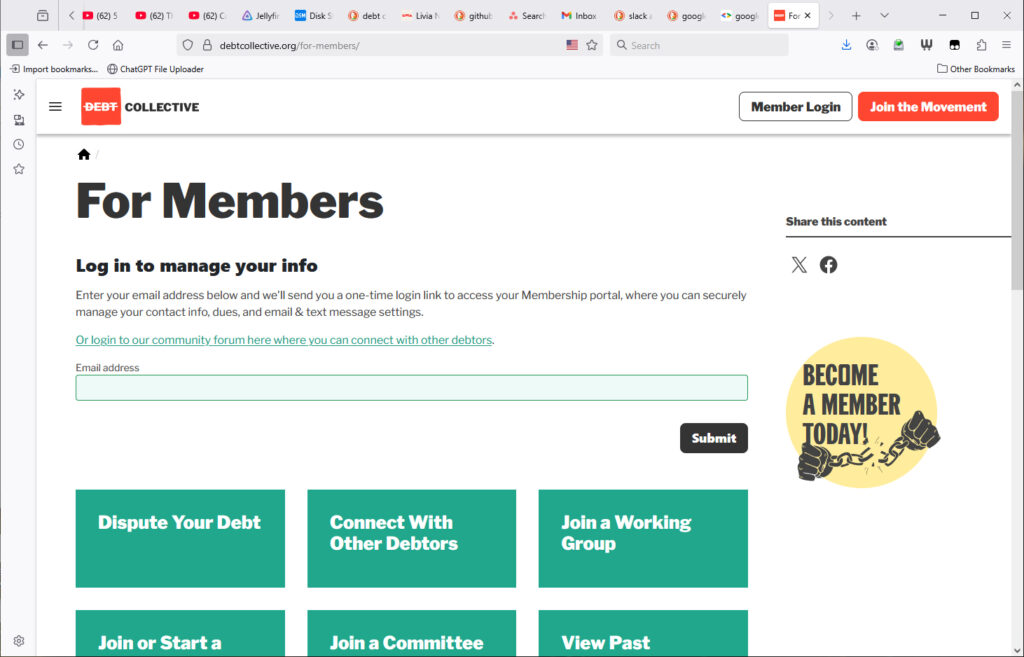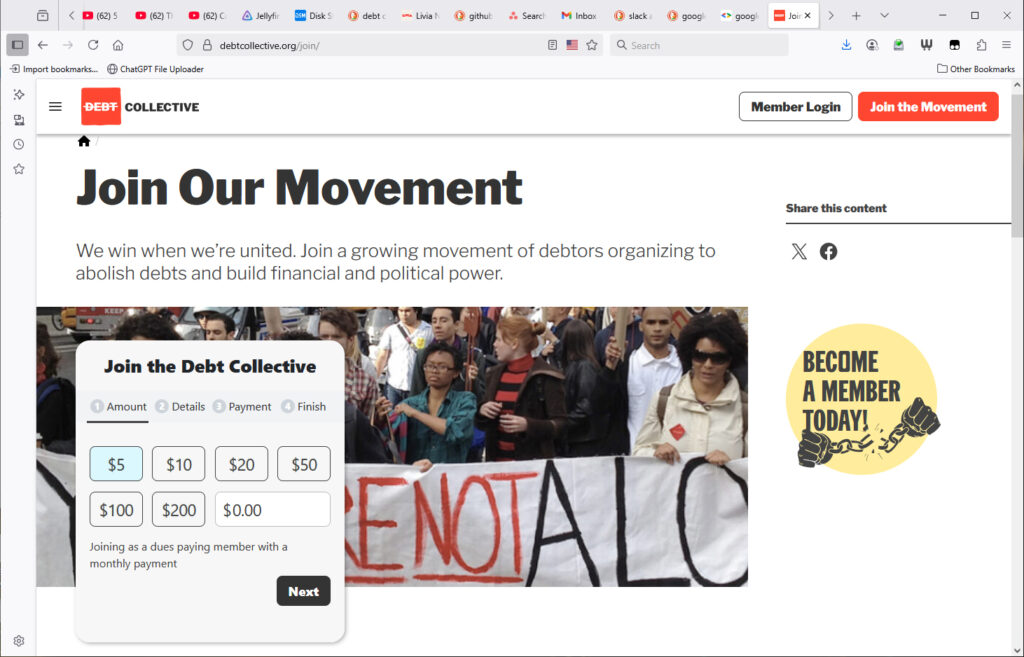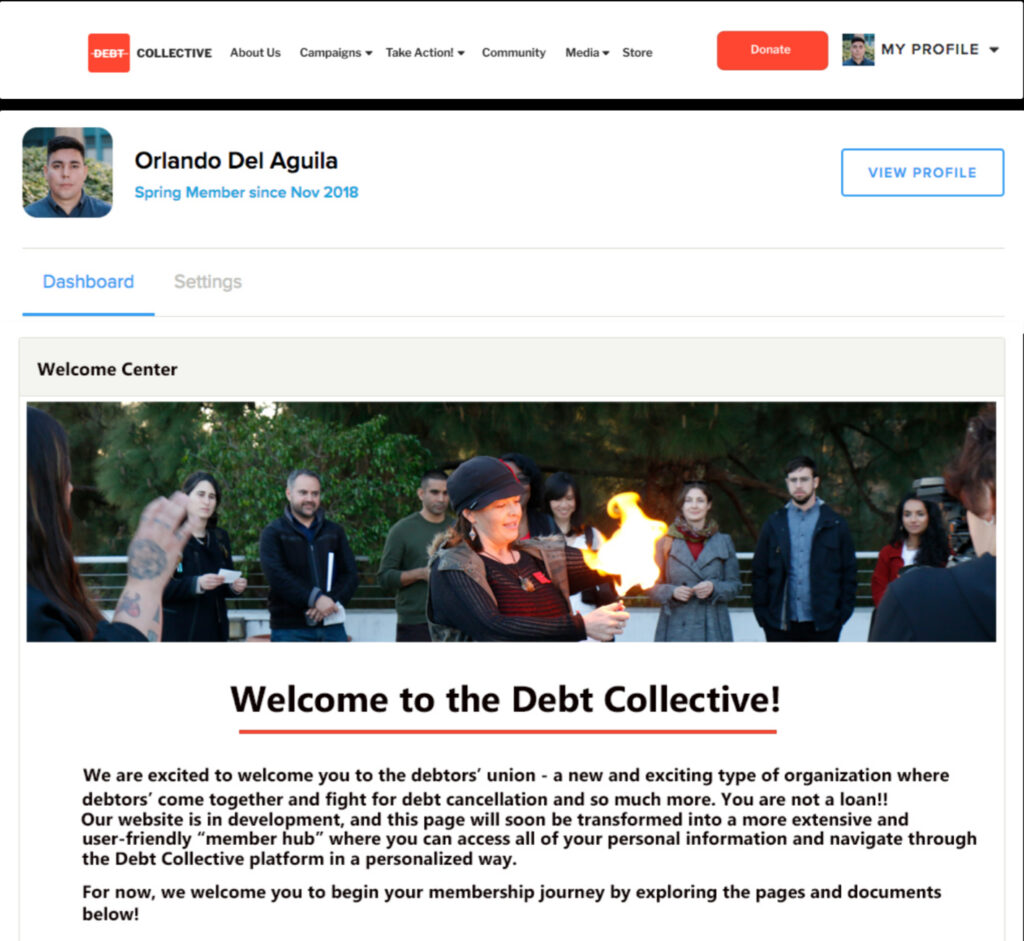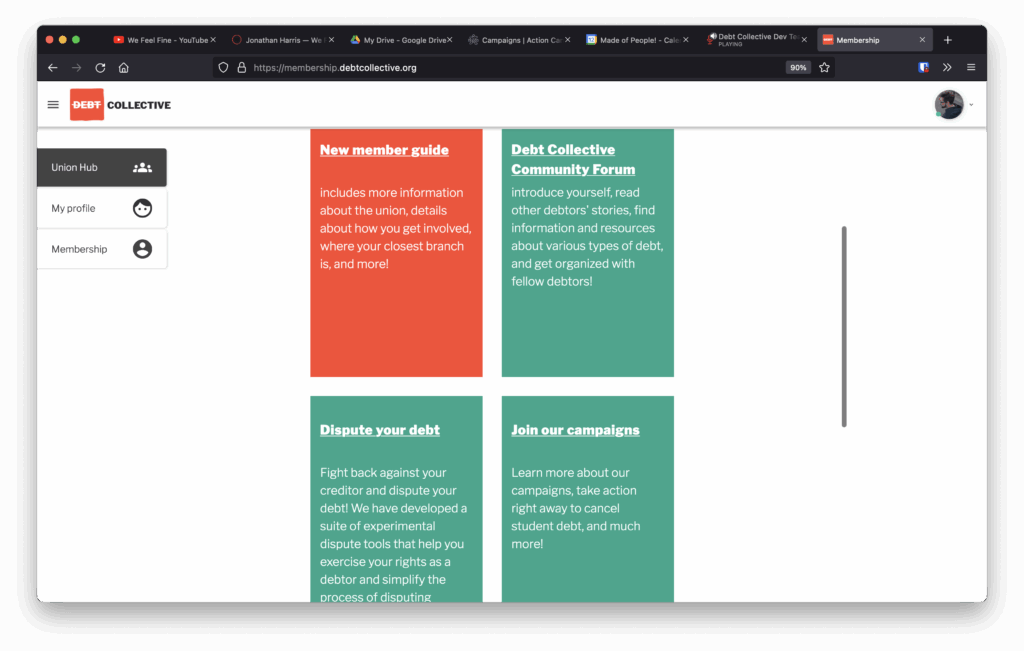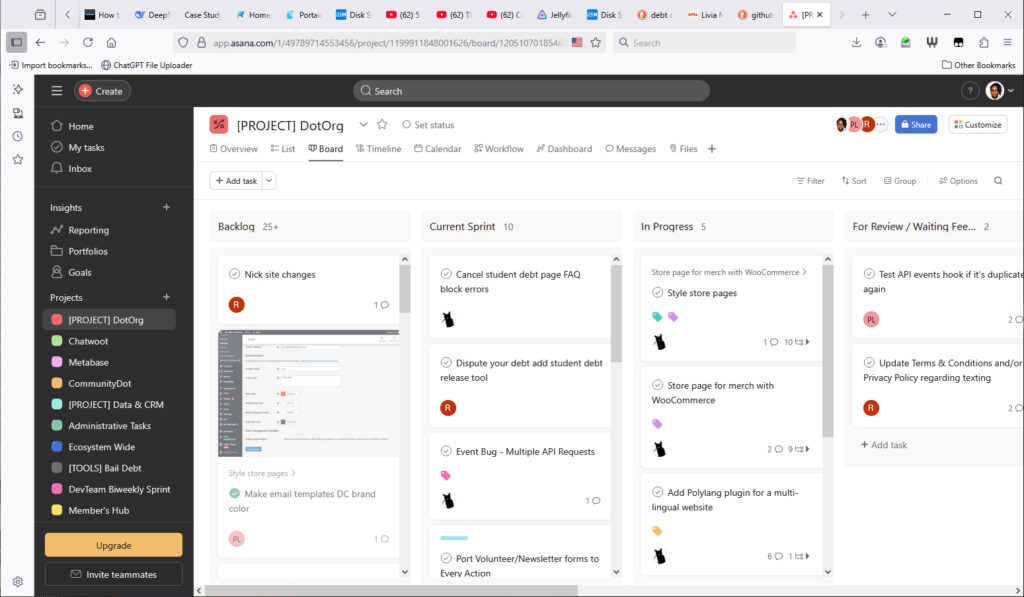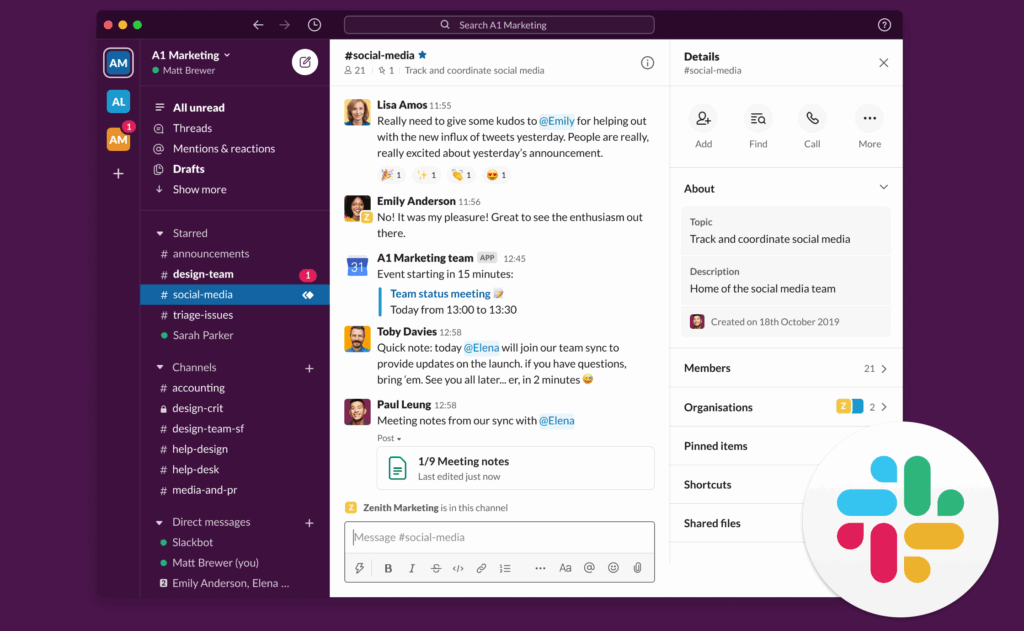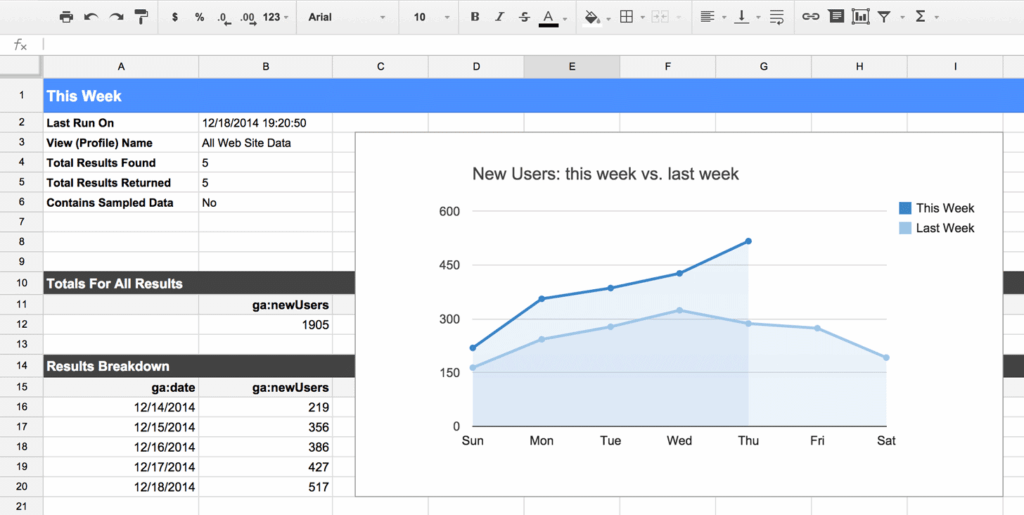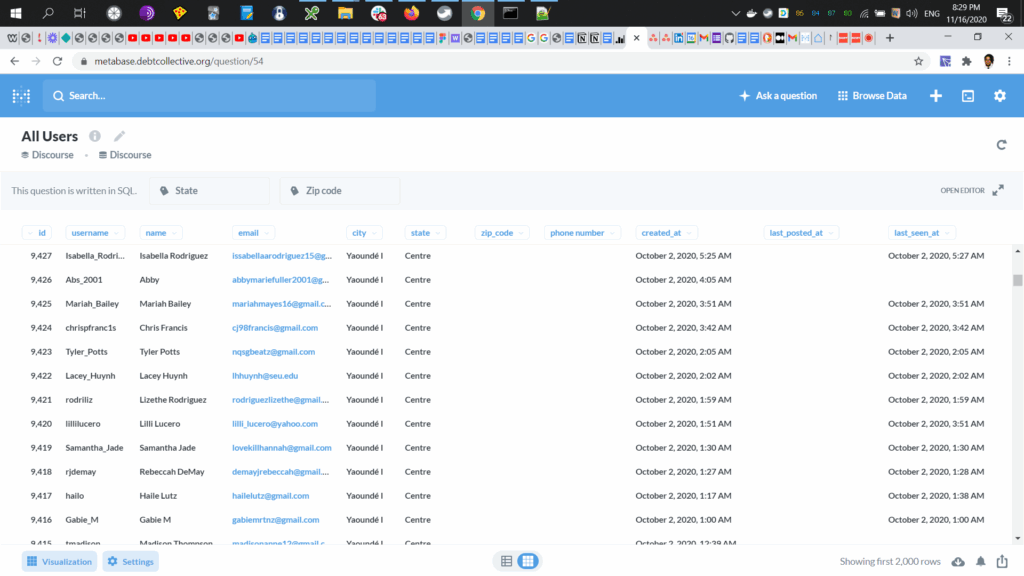Converting to a Membership-driven Organization
In 2019 I became the Technical Projects Manager of an organization that, while running on passion, was structurally dependent on the unpredictability of major donor grants. Overall, the mission was bold and the community engaged, but the financial foundation was fragile as there was no consistent revenue stream, and the tools for member engagement and donation management were fragmented at best.
To build long-term sustainability, we needed to shift from a grant-reliant model to one rooted in broad-based support—from our own members.
KEY TECHNOLOGIES USED
When you have lemons, make lemonade!
When it became clear that the organization’s financial model—relying heavily on large, unpredictable donations—was unsustainable, we didn’t panic. We organized.
We turned to the very people who made the mission matter: long-time volunteers, directly impacted individuals, and committed supporters. Instead of relying on a few wealthy benefactors, we began building a grassroots funding base, one member at a time.
What seemed like a crisis became an opportunity. With enough vision, tenacity, and collaboration, a distributed network of small contributions began to rival the stability and scale of institutional giving. We didn’t just survive the transition—we came out stronger, more accountable, and more aligned with our values.
Team organization. Time-zones be damned.
When I joined, the dev team was relying solely on GitHub Issues to track work. While technically functional, it encouraged a kind of tunnel vision—developers got hyper-focused on fixing isolated bugs or features without a clear view of how their work connected to the bigger picture.
There was no true project management system in place—no shared roadmap, no task visibility beyond code, and no way to coordinate across time zones without something getting lost in the shuffle.
I introduced a dedicated project management tool tailored for cross-functional teams and structured a workflow that provided both focus and context. Developers could now see how their tasks aligned with broader goals, communicate in-line with teammates, and stay in sync regardless of geography. Managers, meanwhile, gained insight into progress, blockers, and priorities—all without disrupting the team’s flow.
And something unexpected happened: other departments noticed. The clarity and momentum this brought to the dev team led to wider adoption across the organization. What started as a fix for technical coordination became a catalyst for cross-team alignment and transparency.
Sometimes, the issue isn’t the tools themselves—but the absence of a system that helps people see beyond their own to-do lists. We built that system—and it stuck.
Clarity is Power:
Making Data Actionable
Managers and stakeholders don’t tend to be developers—and they shouldn’t need to be data analysts to understand what’s happening on the organization’s website. Google Analytics was collecting valuable information, but most decision-makers weren’t equipped to access or interpret it.
To close that gap, I built a simple, elegant solution: a Google Sheet that pulled key metrics—site views, visits, bounce rates, and more—directly from Google Analytics. Access was limited to those who needed it, and the data updated in real time. I also set up automated, recurring email summaries tailored to each stakeholder’s role and bandwidth, ensuring the right people received the right insights at the right time.
For more tech-fluent team members, I deployed Metabase to create interactive dashboards and custom views of relevant data across systems. Whether it was engagement metrics, campaign results, or operational performance, the goal was the same: give people the visibility they need to make smart, informed decisions.
It wasn’t just about tracking numbers—it was about building a culture of awareness. Because when you know what’s really happening, you can move with confidence.
Real professionals think in terms of contingencies.




